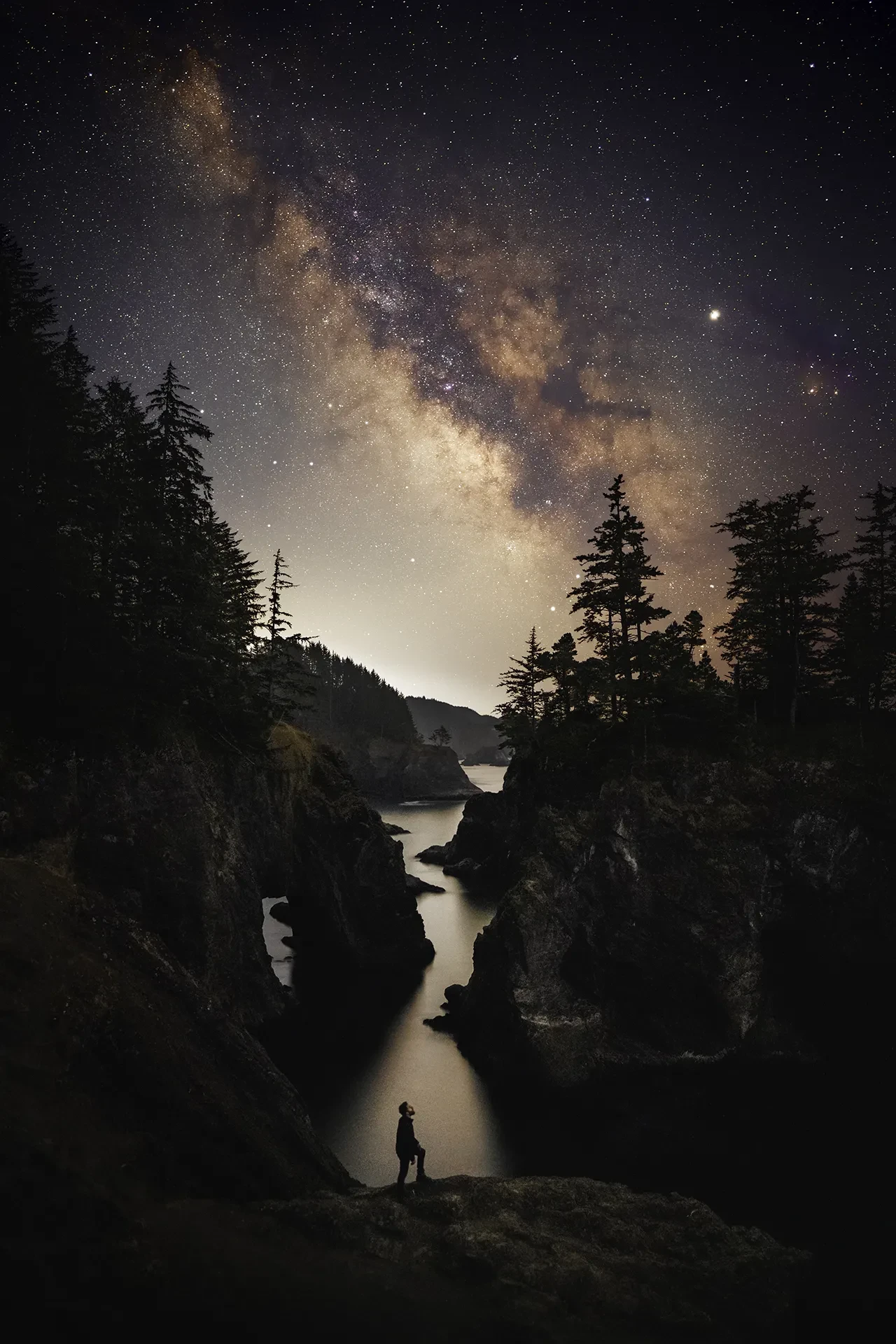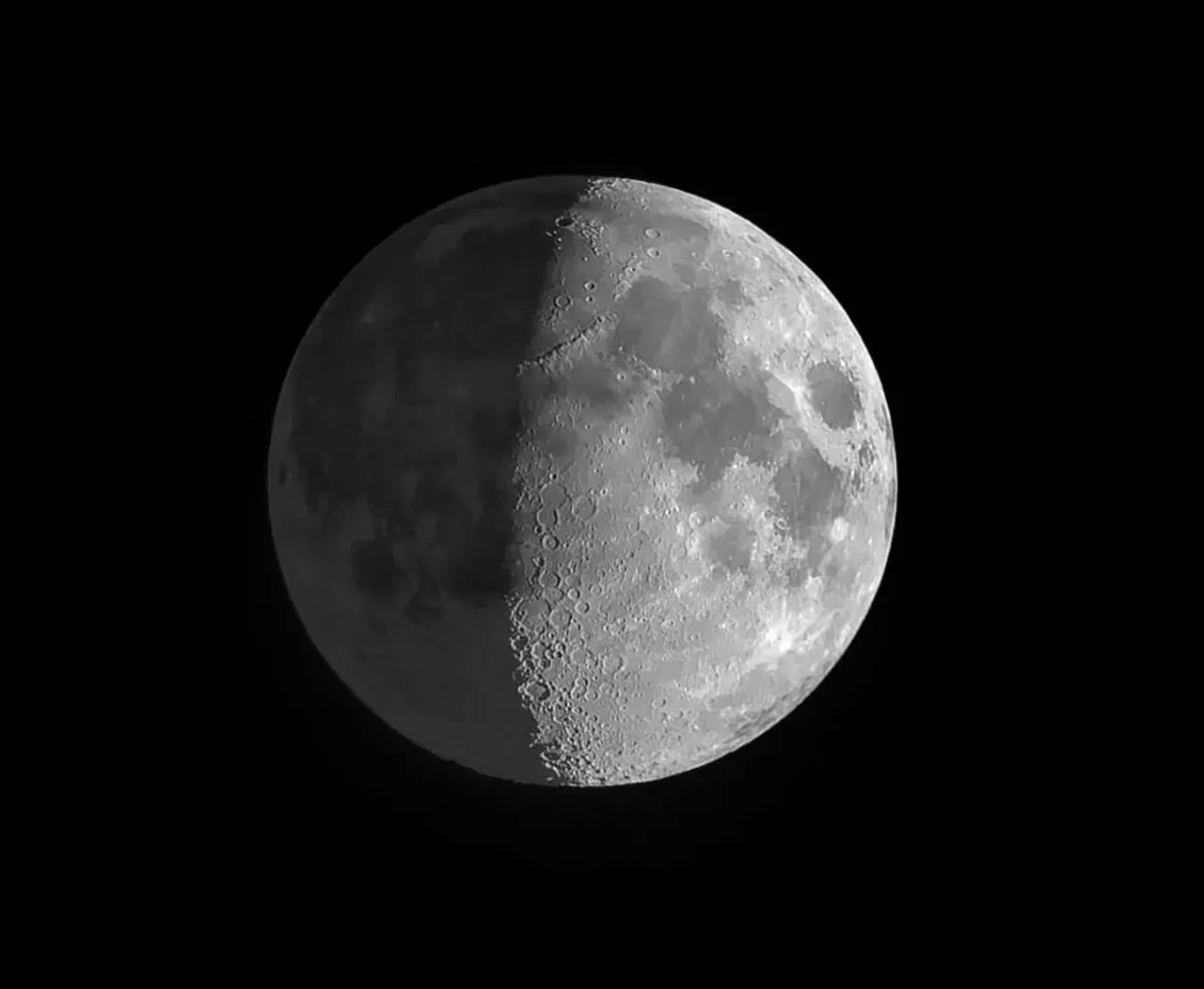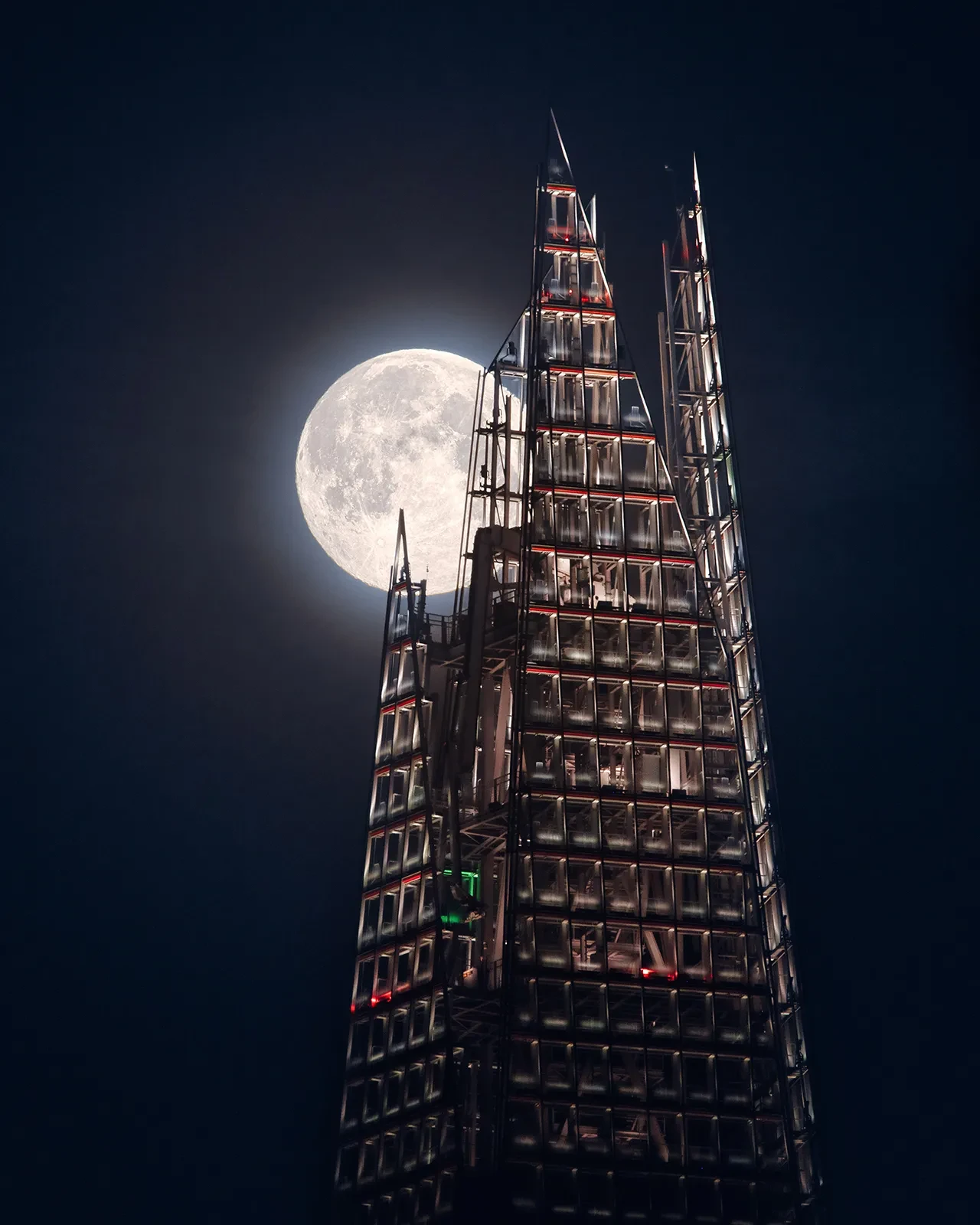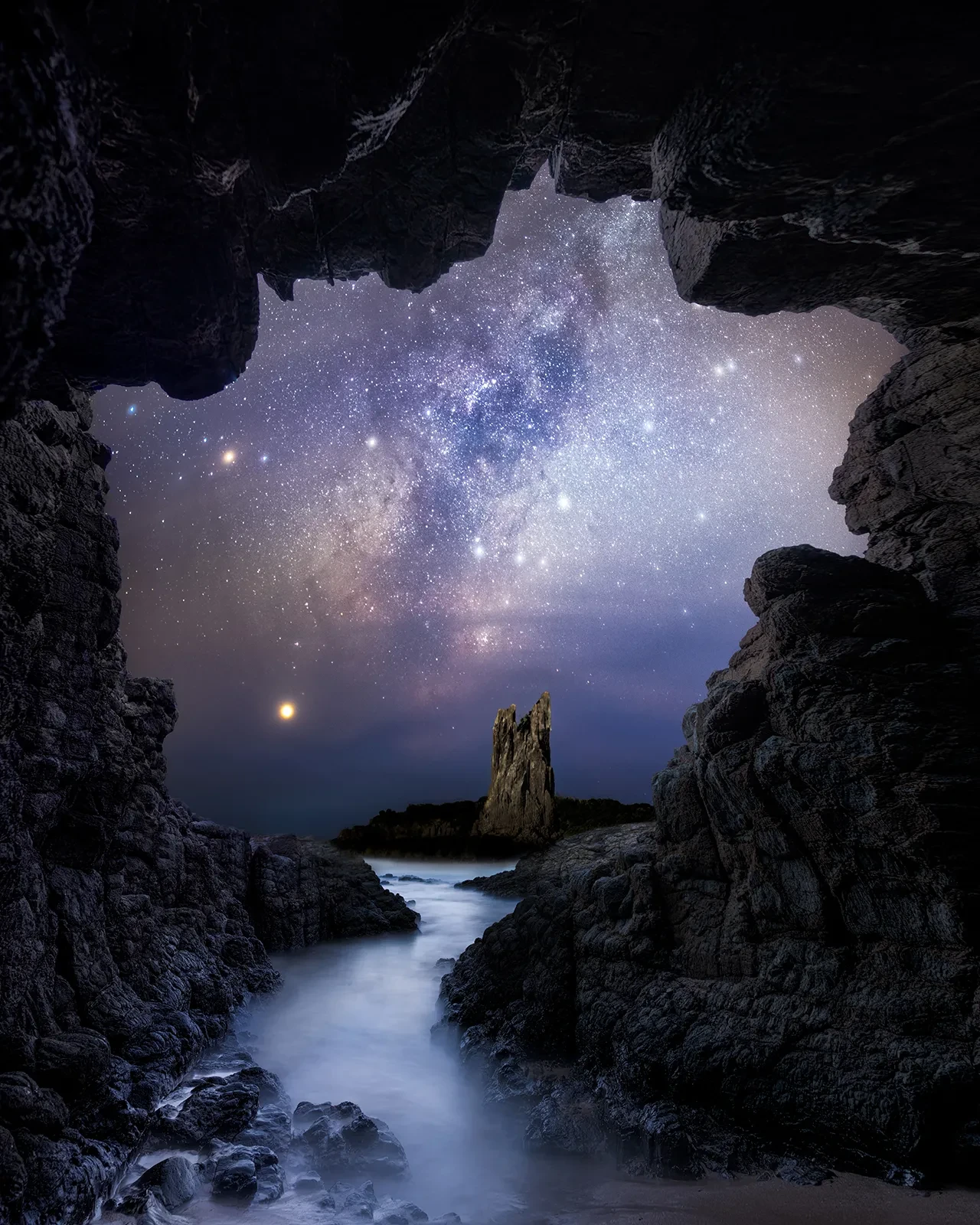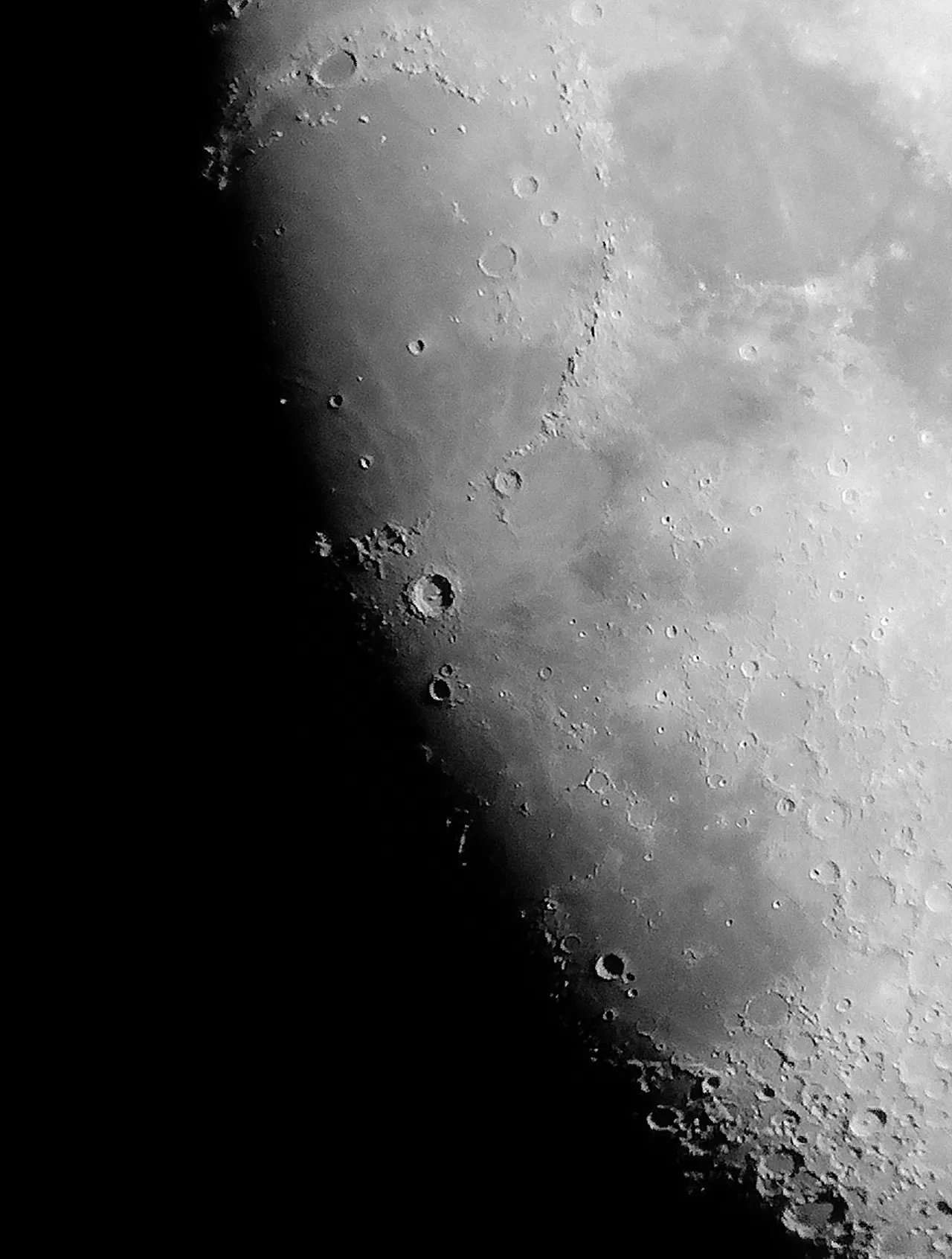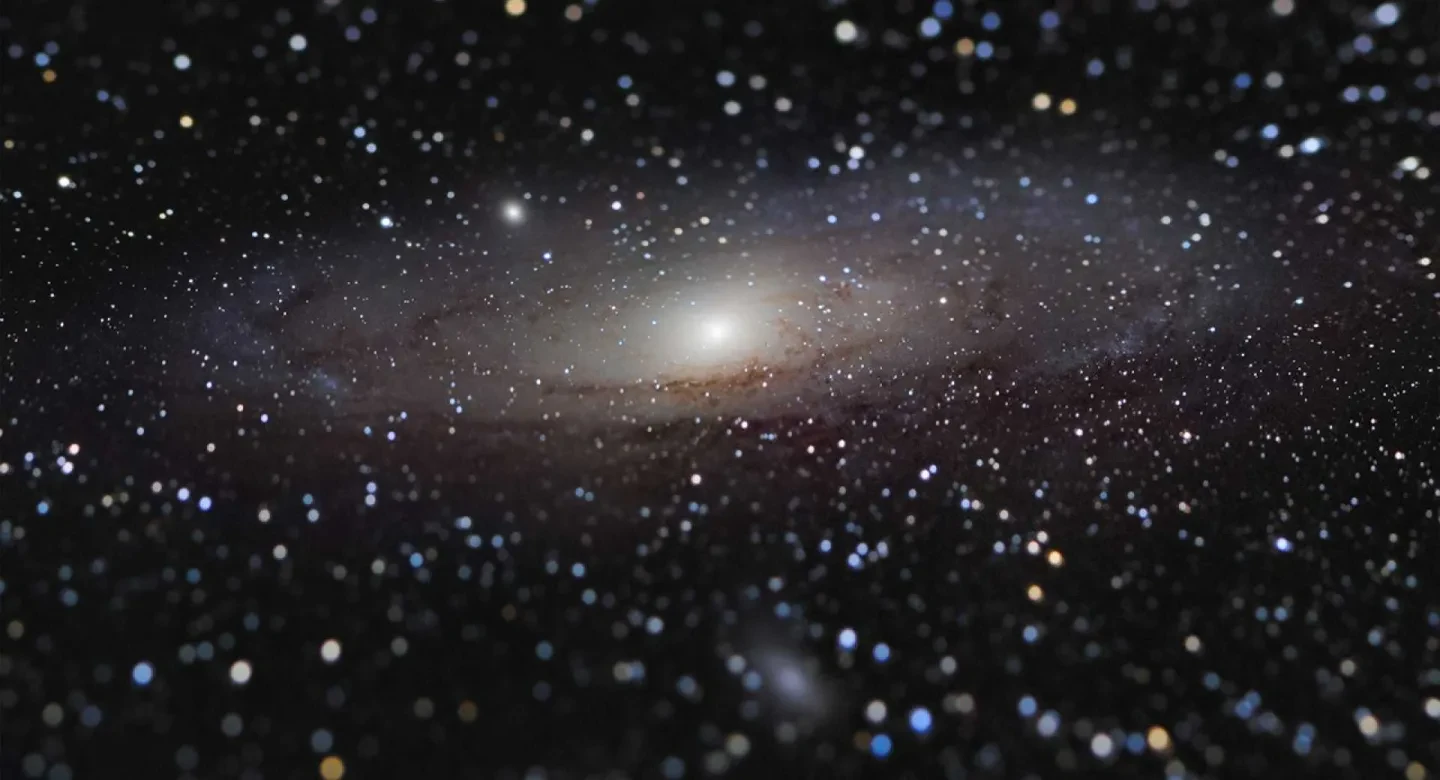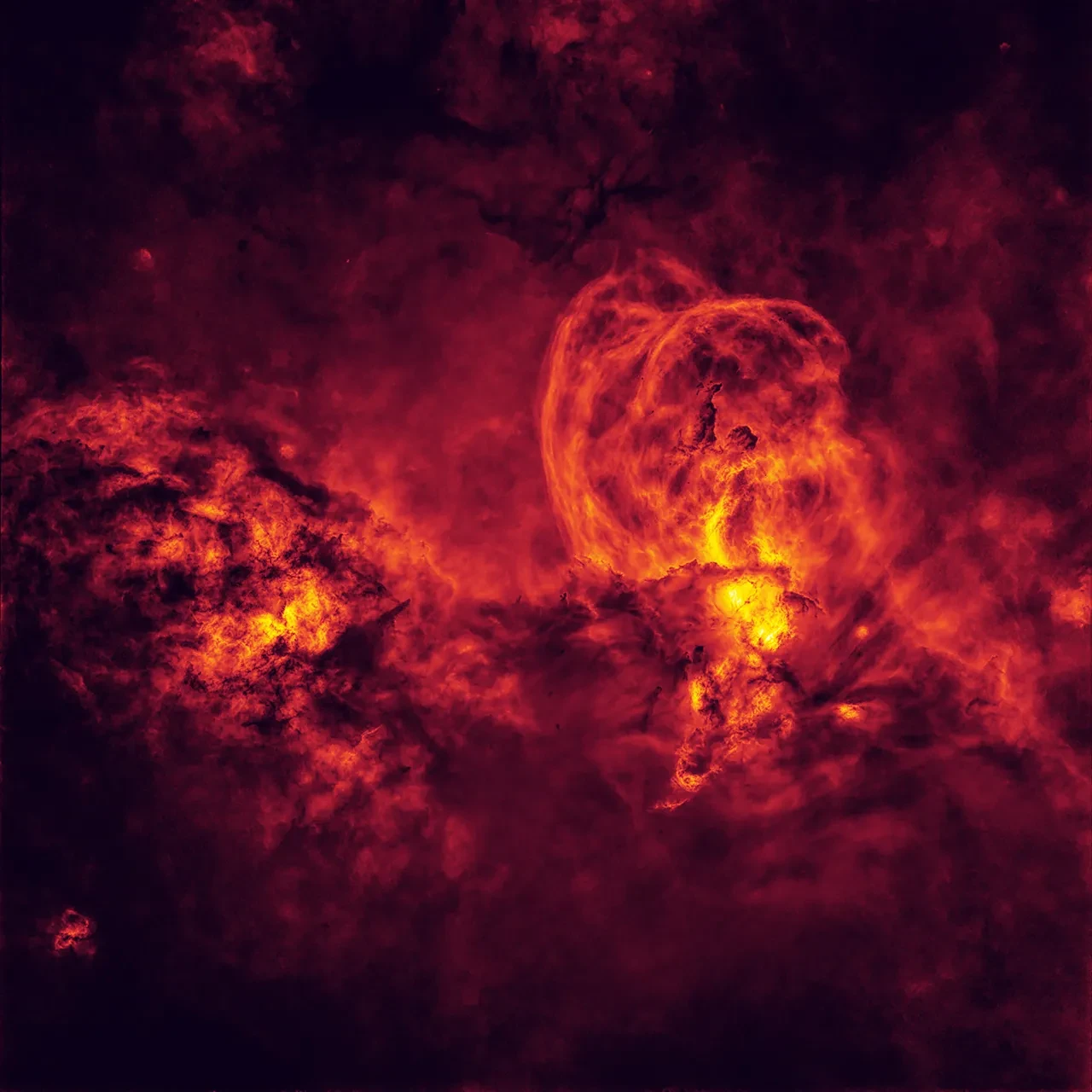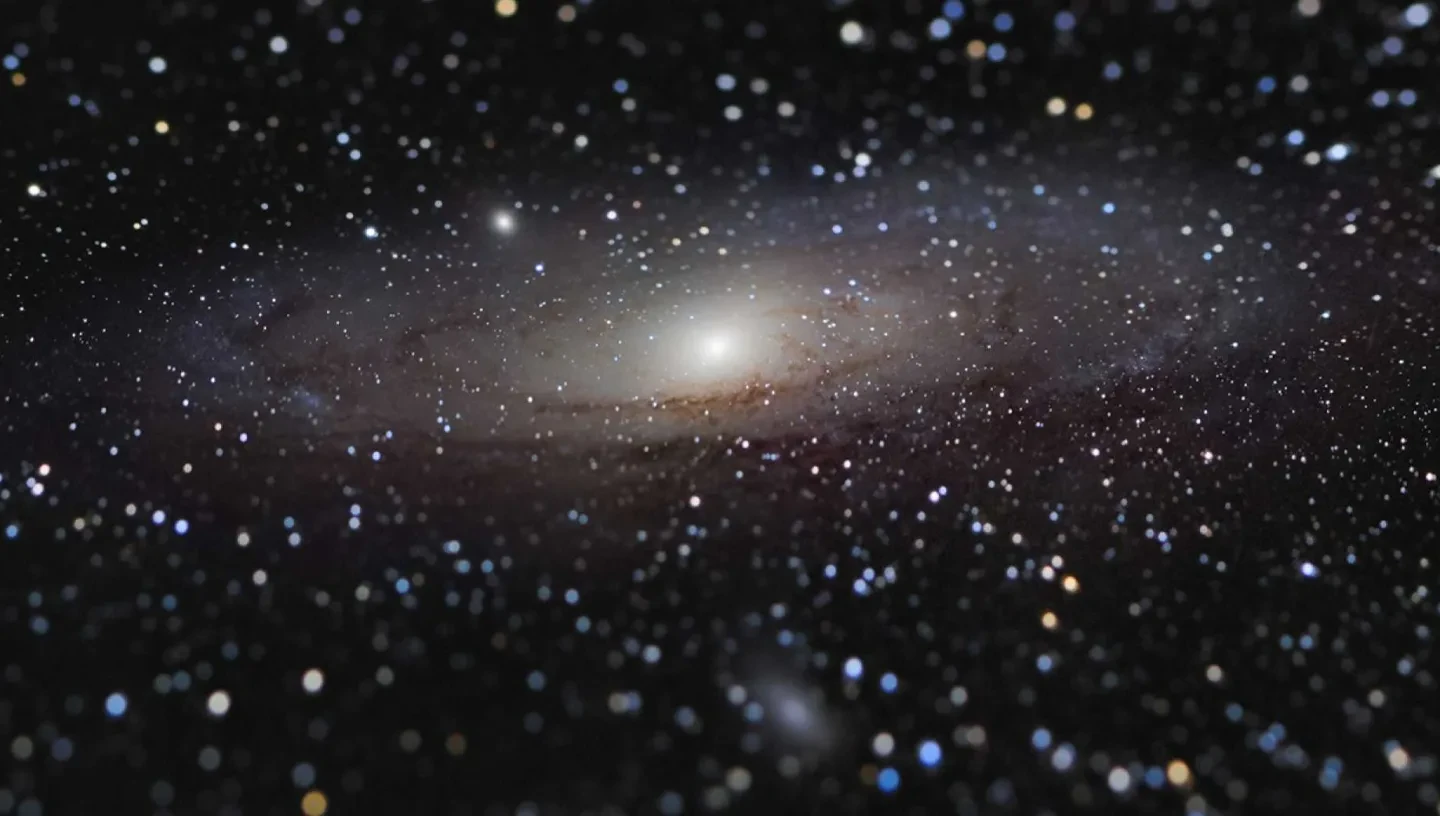
The night sky is an inexhaustible source of inspiration for aspiring and established astrophotographers. Whether you want to capture images of the Moon or try your hand at shooting the Milky Way, how can you achieve stunning images? We asked the winning and shortlisted photographers from the 2020 competition to share their tips on getting started.
Find out more about the 2023 Astronomy Photographer of the Year competition
Astrophotography doesn't have to be expensive
If you’re new to astrophotography, don’t feel pressure to spend money on expensive camera gear, Brian Fulda, Highly Commended in the People and Space 2020 category says.
“It can be tempting to jump into the deep end and spend thousands on telescope gear or cameras, but that can deter someone from getting into the hobby because the learning curve is so steep,” he says. Fulda advises beginners to start simple, using a DSLR (digital single-lens reflex) or mirrorless camera mounted on a tripod.
A DSLR camera is a versatile option for newcomers, as the camera’s range of technical settings allows users to have greater control over their images.
A DSLR also enables photographers to keep the shutter open for extended periods. This is ideal for shooting a dark night scene, when as much light as possible is needed to capture faint or distant objects. Aspiring astrophotographers should also learn how to take long exposures – perfect for capturing the details in objects such as the Milky Way.
Several of the photographers captured their images using their smartphone. Roshaan Nadeem, Highly Commended in the 2020 Young Competition category, used an iPhone attached to a telescope to shoot his image of the Moon. He offers the following advice for beginners: “You don’t need professional cameras and equipment to do astrophotography, just start with what you have,” adding, “All I have achieved up until now has been with the help of easy to access tech.”
The best astrophotography equipment for newcomers
Time and patience are crucial
Developing your astrophotography skills takes time and dedication, so don’t be disheartened if you struggle to get to grips with the craft at first says Mathew Browne, Highly Commended in Our Moon 2020 category: “It required a lot of trial and error to get to the point where my night sky photography efforts were producing pleasing results.”
For Chris Williams, also Highly Commended in the Our Moon category, the most important thing for new astrophotographers to remember is that everyone has to start somewhere. “Just never think you can’t try, no matter the equipment or ‘level’,” he says. “If you enjoy it, keep going. You will learn to get the most out of what you have.”
For Marcin Zajac, Highly Commended in the Skyscapes 2020 category, setting aside time to capture images is crucial. “There’s no faster way to learn than actually being outside and trying,” he says.
The best conditions for astrophotography include clear, cloudless nights with little wind. While many of the competition’s astrophotographers state that dark open spaces are ideal, urban environments can offer interesting perspectives too. Mathew Browne’s shortlisted picture depicts a full moon rising behind The Shard in London, shot after his fourth journey from his home in Carmarthen, Wales to the shooting location near Tower Bridge.
Get expert tips on how to photograph the Moon, comets, star trails and more here
Know how your telescope works
When you are familiar with your camera, consider experimenting with different equipment. Telescopes enable astrophotographers to capture deeper shots of the universe – the Royal Museums Greenwich shop has an array of beginner telescopes recommended by Royal Observatory Greenwich astronomers. Chris Williams adds that learning how to ‘collimate’ your telescope – making sure that the components align to achieve the best images – is an important skill to learn.
Star trackers are also a valuable part of an astrophotographer’s tool kit. Also known as equatorial mounts, star trackers can be mounted onto a standard tripod head. They rotate at the same speed as the earth – although in the opposite direction – and enable photographers to automatically track objects as they move across the night sky.
If you want to take your astrophotography skills to the next level, Brian Fulda suggests learning how to capture targets at longer focal lengths.
A focal length is how much of a scene a lens captures; in the case of astrophotography, a longer focal length is ideal for capturing images of nebulae and galaxies. When you have experimented with focal lengths, Brian explains that you can start to look into telescopes and cooled astronomy cameras, adding, “it may be more expensive this way, but it ensures that you won’t get overwhelmed at any point.”
Shop for telescopes and astronomy guides
Plan ahead – use a night sky calendar
Planning ahead is an essential part of any astrophotographer’s routine, as Mathew Browne explains. “I’m someone who meticulously plans their photos; when I’m on my travels I generally have a good idea about what I’d like to see and shoot,” he says, “astrophotography requires planning and vision.”
To improve your chances of capturing a good shot, create a calendar of astronomical events to look out for. There are a wealth of astronomy events occurring in 2023, including a comets, supermoons and lunar eclipses. For more astronomy events taking place in 2023, read our article here, compiled by Royal Observatory Greenwich astronomers.
The astronomy events to look out for in 2023
Be inspired by other astronomy photographs
For Peter Ward, winner of the Stars and Nebulae 2020 category, looking at other astrophotographers’ images is invaluable for improving your work.
“Look for other people’s work for inspiration as well as a confidence check that your own images pass muster,” he says. “Be exacting and methodical.”
Mathew Browne recommends that aspiring astrophotographers should also seek advice from an experienced astrophotographer. “The best thing you can invest in is tuition from an experienced hand,” he says. “If I could do it all over again, I’d spend a night with an experienced photographer who can show me the ropes.”
If you’re interested in improving your astrophotography skills, why not book a place on the Royal Observatory Greenwich’s course: ‘Introduction to Astrophotography’. Running from February to March 2021, the course covers areas of astrophotography, including understanding camera settings and targets in the night sky, using telescopes and image processing.
For Chris Williams, one of the most rewarding aspects of being an astrophotographer is seeing the response his images have on others.
“I love sharing my images through social media too, especially labelled images that give a bit more information about what's up there,” he says. “I receive comments such as ‘Wait, all the craters have names?’, and it's always nice to think that my images have inspired someone else to learn something new about something I've photographed.”
Book a place on our Introduction to Astrophotography course
Banner image: Andromeda Galaxy at Arm's Length © Nicolas Lefaudeux, Overall Winner of the Insight Investment Astronomy Photographer of the Year competition 2020
